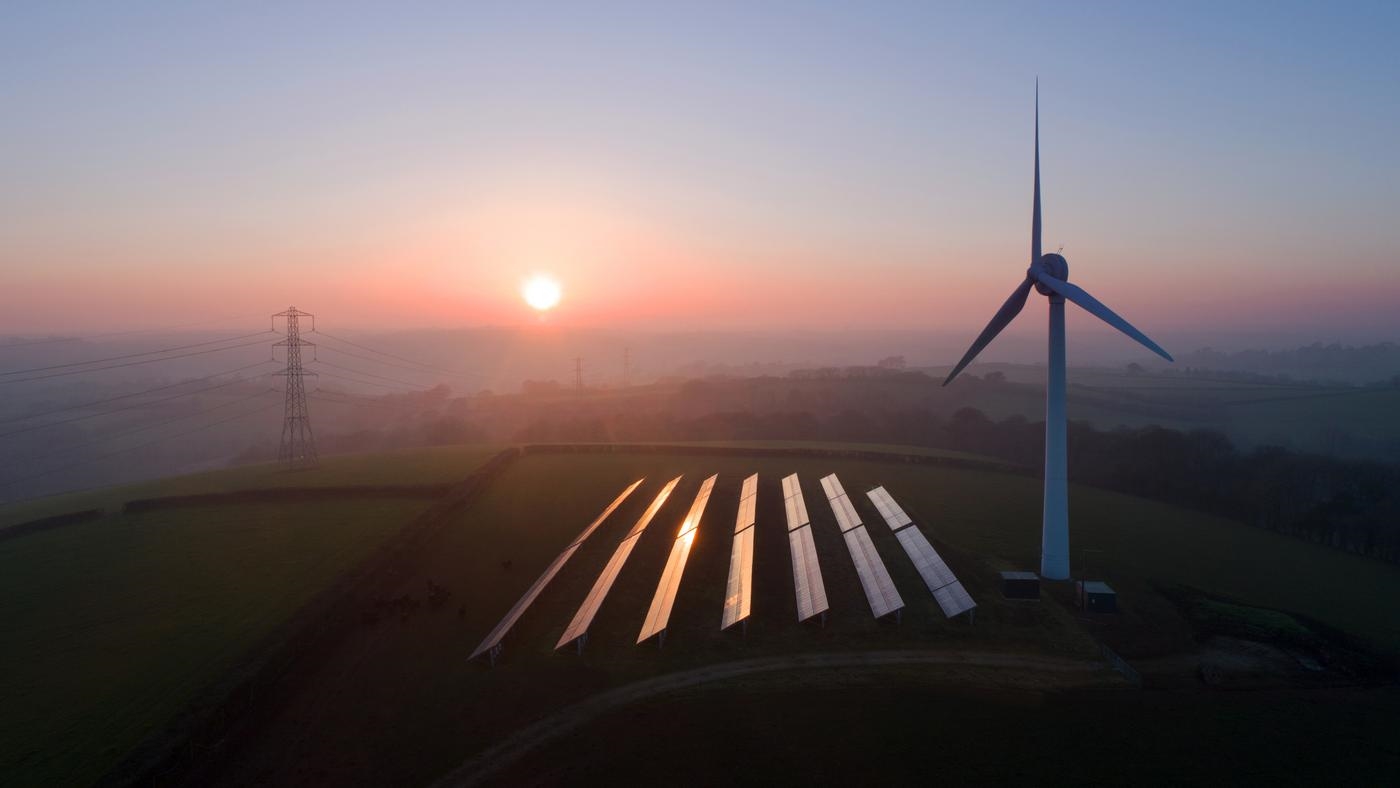Get in touch
-
Mark Thomtonmark.thomton@woodmac.com
+1 630 881 6885 -
Hla Myat Monhla.myatmon@woodmac.com
+65 8533 8860 -
Chris Bobachris.boba@woodmac.com
+44 7408 841129 -
BIG PartnershipWoodMac@BigPartnership.co.uk
UK-based PR agency
OPEC+ set to make its choice
Tough talking as major producing nations meet in Vienna
1 minute read
OPEC+ gathers today and tomorrow to decide if the group should roll over its production restraint agreement or consider deeper cuts.
The current agreement to reduce output by 1.2 million b/d runs to end March 2020.
Ann-Louise Hittle, vice president, Macro Oils, said: “The idea of deeper cuts has been broached, but we consider that less likely to reach full agreement than a rollover of the standing agreement.”
“The need for production restraint is clear,” she said. “Slower US production growth is not enough to offset the ongoing imbalance between global supply and demand.”
Wood Mackenzie forecasts US Lower 48 crude and condensate production to increase just 470,000 b/d in 2020 compared with year-on-year growth of 1.1 million b/d for 2019.
Wood Mackenzie sees two possible outcomes from this week’s meetings:
- Rollover through 2020;
- Deeper cuts and greater adherence.
The current agreement, signed in December 2018, runs until March 2020.
Hittle said: “We assume production restraint on similar levels would be needed throughout 2020. At this week’s meetings, the OPEC+ producers should find it easier to rubber-stamp continued restraint than craft an agreement taking in larger cuts, and agree new individual quotas or reductions to meet these.
“Another option under discussion is a push to gain better adherence, which could be coupled with deeper production cuts. This is more difficult to achieve, since deeper cuts would require re-negotiating the quotas or agreed reductions, and some producers – most significantly Iraq and Nigeria - are not adhering to earlier quotas.
Looking for stability
“Under this scenario, we believe a few producers would end up taking on the larger cuts. This could also occur unofficially, with Saudi Arabia reverting to its overcompliance seen in much of 2019.”
Russia signalled its continued cooperation last month when President Vladimir Putin made a statement in favour of the need for oil market stability, indicating his continued support for Russia’s involvement in the OPEC+ deal.
Cooperation with Russia is crucial since Saudi Arabia prefers to have support from at least some non-OPEC producers. Russia’s position as a significant exporter to Asia makes its cooperation important.
“We expect Russia to adhere – at least partially - to the current agreement through 2020. Its annual average crude and condensate production is forecast at 11.25 million barrels per day (b/d), a very small year-on-year increase over 2019. Russia agreed to cut 230,000 b/d as part of the OPEC+ agreement reached in December 2018.
Oversupply looms
“Without the agreement, we estimate its output would be higher, perhaps significantly so. Even with continued cooperation, production could increase further in 2020. Recent reports suggest Russia is keen on gaining an exclusion for its condensate production from its OPEC+ quota,” Hittle said.
She added: “A rollover through 2020 remains our base case. In November we forecast Brent to average $62 per barrel, $2 per barrel lower than an expected $64 per barrel, for 2019.
“In the first half of next year, a relatively large oversupply is expected, even with current production restraint through 2020.
“OPEC crude production shows marginal declines year-on-year between 2019 and 2020, falling from 29.8 million b/d to 29.3 million b/d. The fall is driven primarily by the impact of sanctions on Iran.
“Without production restraint, crude oil output would be about 1 million b/d higher for 2020, swamping the market and causing prices to drop sharply. Our base case for 2020, with the current agreement, assumes sanctions remain in place for Iran and Venezuela.
Sanctions
“Libya, Iran and Venezuela remain exempt from the current December 2018 agreement, due to ongoing political instability and the impact of sanctions. Combined supply from these three countries has fallen by around 1.8 million b/d from October 2018 levels, providing huge support above and beyond the OPEC producers who have actively cut production.”
Hittle said: “Opting to impose deeper production cuts would require greater adherence by Iraq, Nigeria, Russia and Oman, and slightly deeper cuts from Kuwait and Saudi Arabia.
“In our analysis, this would see a downward revision to supply of 400,000 b/d in 2020, with the biggest impact through the second half of the year, averaging 550,000 b/d.
Recession fears
“In this case, we would expect Brent to average roughly $2 to $4 more per barrel for 2020 from the base case view of $62 per barrel for 2020.”
She cautioned that there is a possible problem ahead for OPEC+ should the global economy go into recession next year, spurred by the impact of trade sanctions.
“Compared with previous global downturns, governments and central banks now have far more limited firepower to combat a recession.
“In this case, it is likely industrial weakness would spread into the service sector, leading to a potential reduction in global GDP growth of around 0.5 % in 2020 and 1.1% in 2021, compared with our base case outlook.
“In this scenario, downside effects are felt across all regions, especially in 2021. As a result, annual global oil demand growth would be 0.45 million b/d lower in 2020. It could be 0.65 million b/d lower in 2021, resulting in just 0.2 million b/d of annual oil demand growth in 2021.
“For OPEC+, annual average demand growth in 2020 of just 0.9 million b/d would likely prompt an agreement for deeper cuts to be made in the first half of 2020. The prospect of weakening demand could help the group potentially agree on the cuts during 2020.
“If not, the oversupply potential for next year would sharpen and weigh on prices, putting Brent below our base case of $62 per barrel to below $60 and toward $50 to $55 per barrel.”





